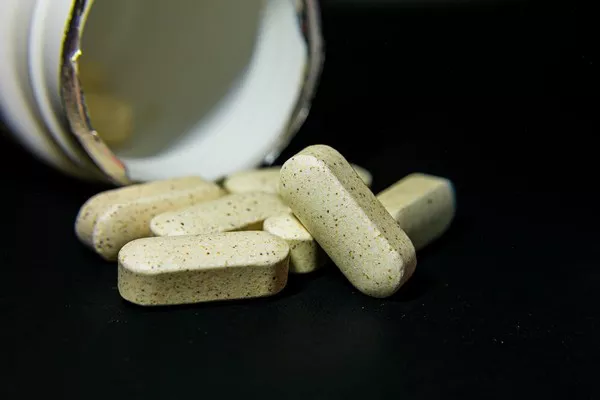Dealing with an allergic reaction can be distressing, especially when it affects your skin. Redness, itching, and inflammation can leave your skin feeling irritated and uncomfortable. Thankfully, there are steps you can take to help clear your skin and promote a healthy recovery after an allergic reaction. In this article, we’ll explore the causes of skin reactions, provide practical tips for managing and soothing your skin, and offer insights into preventing future allergic episodes.
Understanding Allergic Skin Reactions
1. Triggers and Culprits
Allergic skin reactions can be triggered by various substances, including certain foods, medications, skincare products, plants, and environmental allergens such as pollen or pet dander.
2. Types of Reactions
Skin reactions can manifest as hives, eczema, contact dermatitis, or even more severe conditions like angioedema. Identifying the specific reaction type is crucial for determining appropriate treatment.
Seek Medical Attention
1. Consult a Healthcare Professional
If you suspect you’re experiencing an allergic reaction, seek medical attention promptly. A healthcare provider can diagnose the reaction, identify the trigger, and recommend suitable treatments.
2. Emergency Situations
In cases of severe allergic reactions, known as anaphylaxis, characterized by difficulty breathing, swelling of the face or throat, and a rapid heartbeat, seek emergency medical care immediately.
Remove the Trigger
1. Identify the Trigger
Pinpointing the trigger is essential to prevent further exposure and potential future reactions. Take note of recent changes in your diet, skincare routine, or environment.
2. Eliminate Exposure
Once you’ve identified the trigger, avoid further exposure to it. This may involve adjusting your diet, discontinuing the use of certain skincare products, or making changes to your surroundings.
Gentle Cleansing and Moisturizing
1. Use Mild Cleansers
Choose a gentle, fragrance-free cleanser to avoid aggravating your skin. Cleansing helps remove potential allergens and irritants from your skin’s surface.
2. Moisturize Regularly
Applying a hypoallergenic moisturizer helps maintain your skin’s natural barrier and soothes irritation. Look for products with ingredients like ceramides, hyaluronic acid, or glycerin.
Soothing Measures
1. Cold Compress
Apply a cold, damp cloth or ice pack to areas of redness and inflammation. Cold temperatures can help alleviate itching and reduce swelling.
2. Oatmeal Baths
Oatmeal baths are known for their soothing properties. Adding colloidal oatmeal to a lukewarm bath can help relieve itching and calm irritated skin.
3. Calamine Lotion
Calamine lotion contains ingredients like zinc oxide and ferric oxide, which can provide relief from itching and help dry out oozing blisters.
Over-the-Counter Options
1. Antihistamines
Non-prescription antihistamines like cetirizine or loratadine can help reduce itching and prevent further allergic responses.
2. Topical Creams
Topical hydrocortisone creams, available over-the-counter, can provide temporary relief from itching and inflammation.
Time for Healing
1. Patience is Key
Allow your skin time to heal. It may take several days to weeks for the allergic reaction to subside completely.
2. Avoid Scratching
Resist the urge to scratch or pick at affected areas. Scratching can worsen inflammation and lead to infection.
Prevention for Future Reactions
1. Patch Testing
If you suspect a specific skincare product is the culprit, consider undergoing patch testing to identify allergens before using the product again.
2. Read Labels Carefully
Carefully read ingredient labels on skincare products and cosmetics. Avoid products that contain known allergens or irritants.
3. Allergist Consultation
Consulting an allergist can help you identify potential allergens and develop strategies to prevent future reactions.
Conclusion
In conclusion, an allergic reaction affecting your skin can be managed effectively with the right steps and precautions. Seeking medical attention, identifying and eliminating triggers, adopting a gentle skincare routine, and practicing soothing measures can promote healing and alleviate discomfort. While some reactions may require medical intervention, most cases can be managed at home with over-the-counter options and self-care practices. Remember that prevention is key, and taking steps to identify potential allergens and make informed choices can significantly reduce the likelihood of future allergic skin reactions. By prioritizing your skin’s health and well-being, you can enjoy clear, comfortable skin and minimize the impact of allergic episodes.


